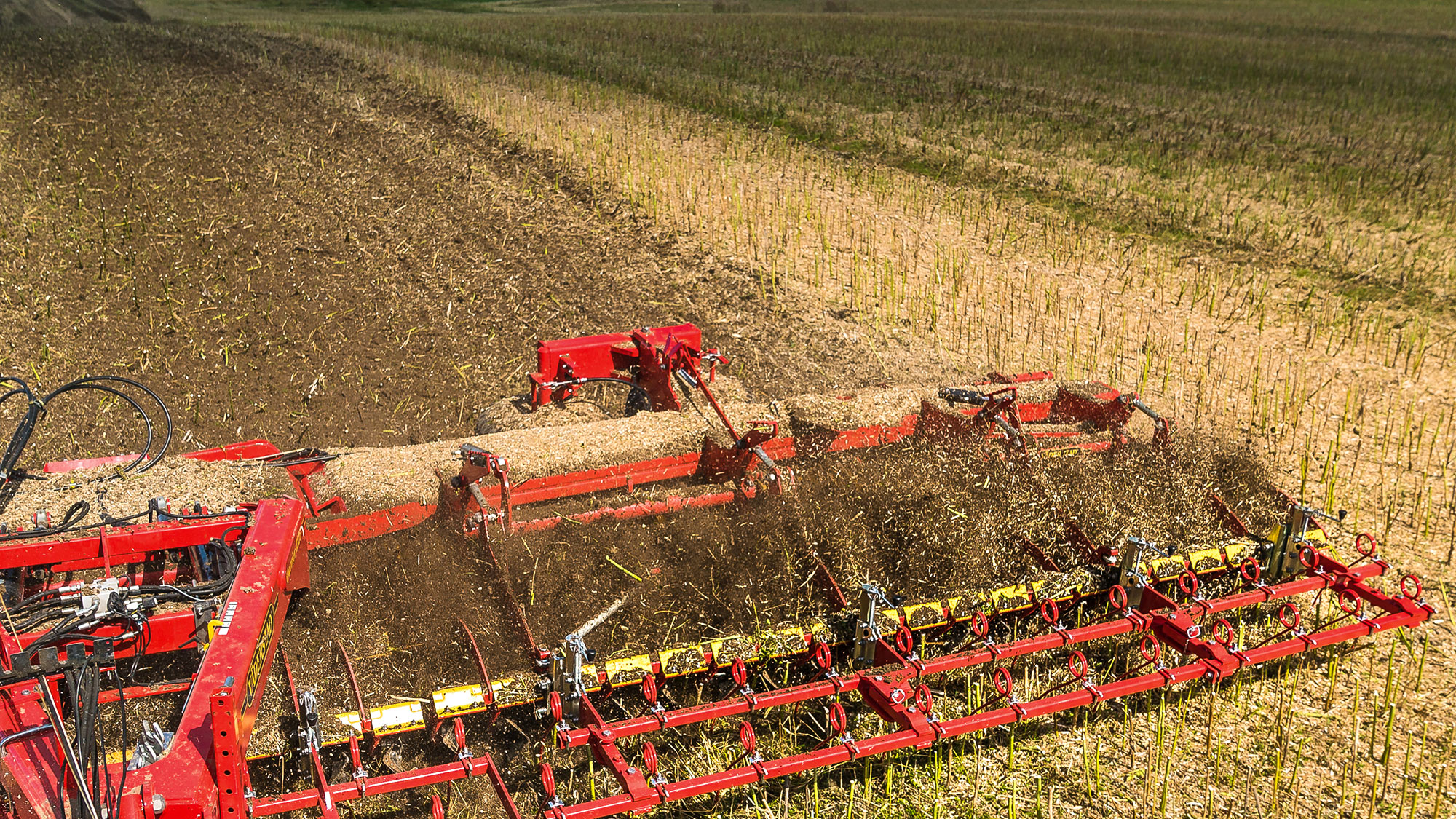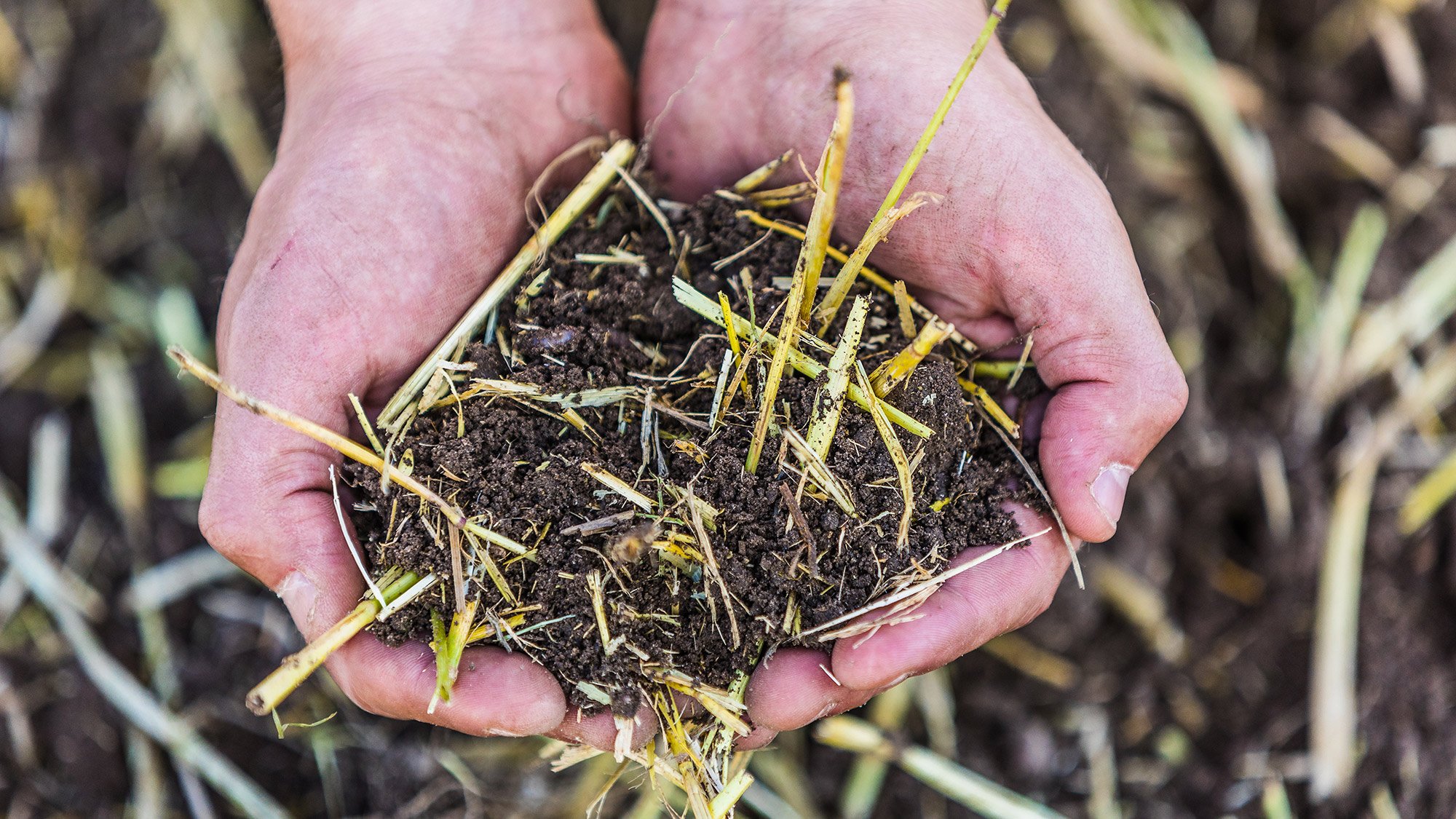A clean seedbed
Many seeds and weeds are triggered by light. If buried too deep, they can stay dormant in the soil for many years. By providing good seed-to-soil contact with access to light, ultra-shallow tillage makes sure the seeds will germinate when you want them to...not years later. These plants can later be eliminated with a second pass to provide great field hygiene for the next crop.


